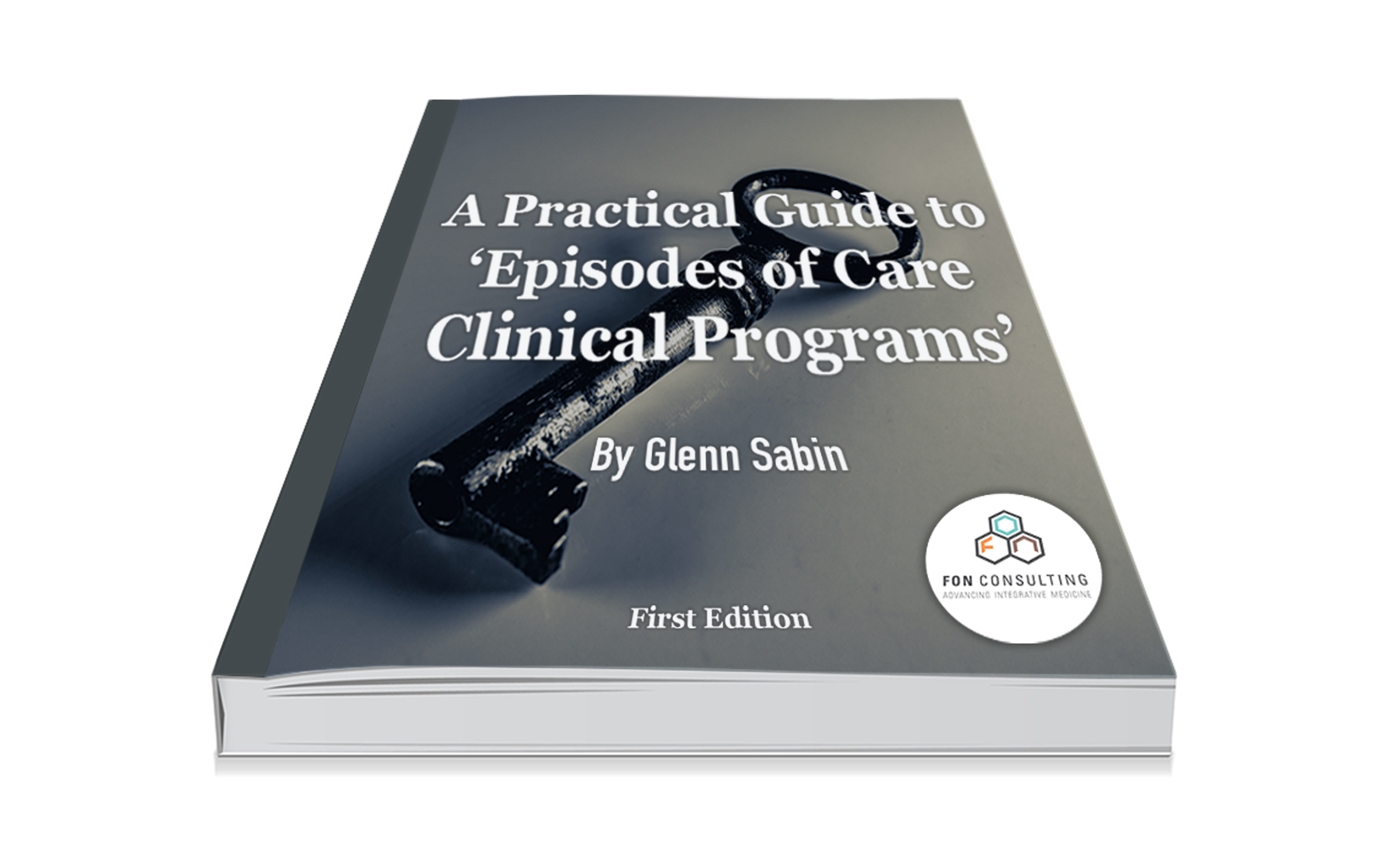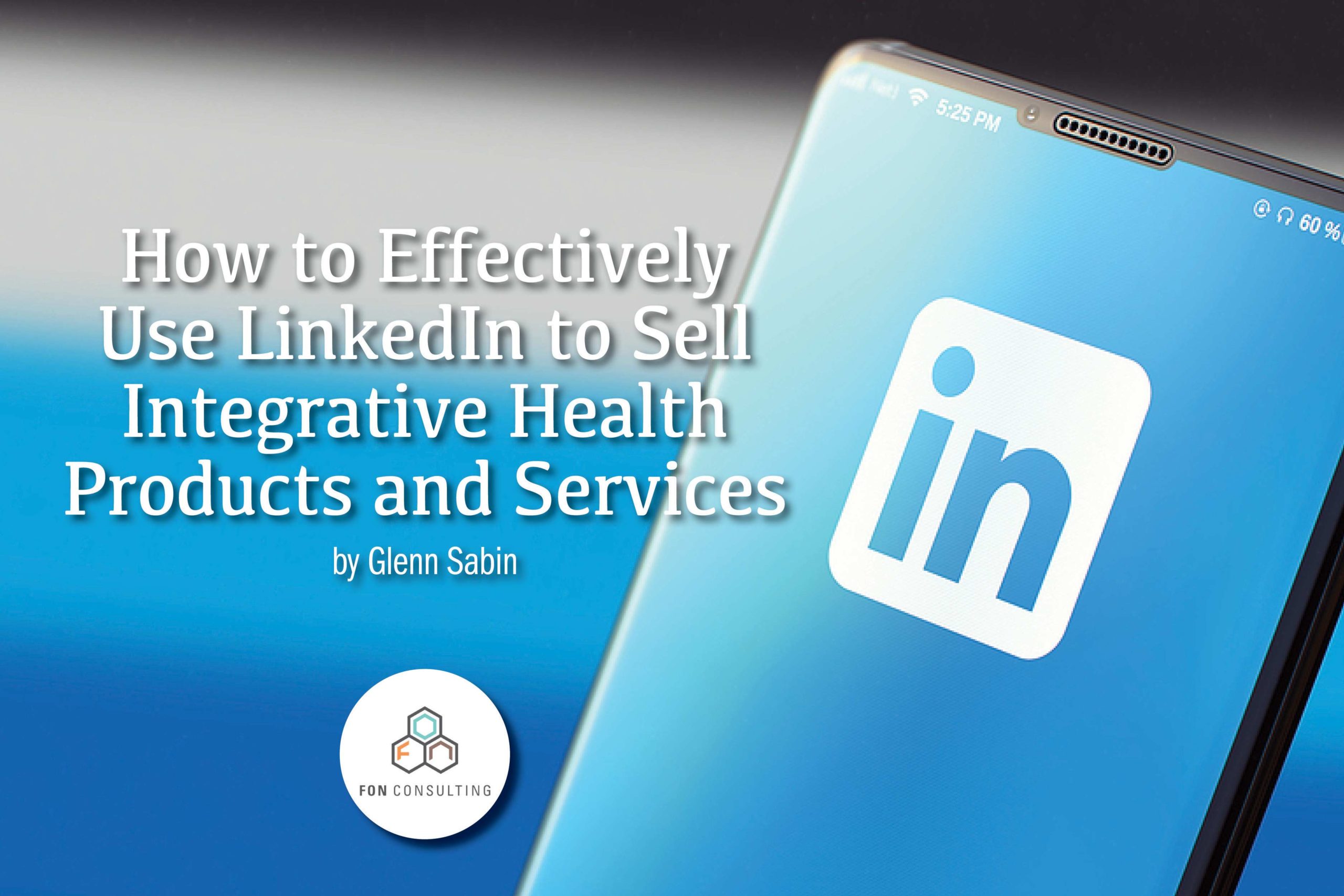START UP: Writing a Concierge Medicine Practice Business Plan
By Michael Tetreault

Have you ever thought about starting a direct-pay medical practice or other variation of a private medical practice? Well, whether you are concerned about the Affordable Care Act, looming Medicare cuts or a board certified physician curious about what the next few years in your practice will look like, there are a few things to consider before investing the time, money and energy to bring your direct-pay or concierge medical practice to market.
While the conversion to a direct pay and concierge medicine practice may be timely, a common question we receive at Concierge Medicine Today (CMT) is how to attain capital for starting a direct-pay or concierge medical practice. The answer lies in your planning and relationships with the appropriate types of people that can help you.
Related Resource>> SELF-TEST: Are You Ready To Be A Concierge Doctor? The 5 Questions You Should Ask Yourself Before You Begin
“In today’s economy, many have drained their savings accounts, and maxed out their personal credit lines,” say one concierge healthcare consultant. “Because of this they [doctors] need to reach out to others to get this money. The solution lies in coming up with a well thought out and professional, private-pay business plan for your practice that can be submitted to healthcare consultants, your attorney and a trusted accountant. Unfortunately, many people [doctors] have never learned how to write a proper business plan and immediately look to the Internet to search for a concierge medical practice business plan sample or template they can purchase. In my opinion, this is the wrong solution.”
TIP #1: Don’t Buy a Concierge Medicine Business Plan “Sample”
When purchasing a business plan sample from the Internet, people often force their concept into the boilerplate template rather than creating a plan that highlights it. A friend of CMT had recently made this type of purchase. He filled in the blanks and talked about it with us. Our first question was how he had determined that within his first five years he would have 15% growth annually. His unsure answer, “it was in the business plan sample.”
CMT has put together several resources and outlined below a few steps that should set you on a path to finding new patients for your new private-pay medical practice and hopefully to higher annual sales as well.
TIP #2: Interview Several Healthcare Consultants
There are certain areas that healthcare consultants and industry experts focus on to help physicians change their business model from an insurance and managed care practice to a direct-pay, cash-only or retainer-based business model. For example, when assessing your practice for potential economic viability and success in the marketplace, your current patient-base makeup, local demographics, patient surveys and your bedside manner all factor into the review process. . Most available ‘canned’ business plan templates don’t cover these types of intangibles critical to your to success.
Recently, CMT attended a seminar in Florida that was designed to help physicians learn more about direct-pay medical business models. When the speakers explained to the attendees that this type of practice business model is highly relational, one physician raised his hand unapologetically and said, ”so you’re telling me I have to be nice to my patients.” Shockingly, there was nothing funny about it.
Strategic Growth Consultation
Scale Your Practice with Expert Consulting
TIP #3: Set Realistic Expectations for Your Time
When you sit down to start writing your plan, you must remember that this is a business model based on service and fulfillment. If you are clear with your patients about what it is that you are going to deliver to them in the form of medical services, it will be much easier to introduce the program concept to your patients at the right time, with the right message.
A long-time reader of CMT based in Atlanta, GA (ranked number 5 as the most popular places for concierge medicine practices in the U.S.) told us that the reason she was leaving her concierge physician was because for nine months she was seen by her doctor only one time. Otherwise, every other visit she was treated by the nurse practitioner.
Those that use the excuse that they cannot write a business plan are the same people who have never thought out all of the aspects of starting a direct-pay, concierge or retainer-based practice. In other cases they may have thought out the service or business aspects, but have not taken the time to identify and understand information voids that exist in their planning process.
Questions your private-pay business plan should answer:
- What local alliances or relationships can you leverage with other businesses to help yours?
- In terms of fees, what can the local market/demographic support?
- How will the skills of your staff, their knowledge of the industry and track record of implementation support this shift?
- What existing problem or problems exist that your practice is trying to solve simultaneous to the shift in practice and business model?
- What solutions does your practice have in place to resolve the problem(s)?
- How much will it cost to solve these problems now?
- How will solving these problem(s) make your practice financials look in one, three and five years, when considered in the context of your shift toward a private-pay practice model?
- How much cash do you need to find a path to profitability?
TIP #4: Choose Your Model. Then Define it and Make it Unique to You, Your Area and Your Patients.
This becomes another stumbling block doctors will run into. Doctors call CMT monthly and want to learn more about the various nuances of this industry. They quickly learn that there are several attractive business models that could be implemented and be suitable to a specific demographic and geography. But you must write a business plan with a practice model in mind that is suitable for your local area and demographic makeup.
The business plan you write for your future practice must make sense to those whom you will serve. Unfortunately, many consultants prefer one medical practice model over another, so it’s important to choose a consultant to with experience across various business models and knowledge of proven models that have been successful in similar locales. Be careful, there are a lot of companies out there that know nothing about this industry.
Elevate Your Practice
Transform Your Medical Practice with Custom Conversions
TIP #5: Cash, Insurance, Medicare. What plans, if any, Will You Participate In?
Several years ago, CMT wrote a story that’s been published many times over and has become one of the most copied and popular reads online about the difference between direct primary care and concierge medicine. Direct primary care (DPC or sometimes called direct care) is a term often linked to its companion in health care, ‘concierge medicine.’ Although the two terms are similar and belong to the same family, concierge medicine is a term that fully embraces or ‘includes’ many different health care delivery models, direct primary care being one of them.
Similarities
Direct care practices, similar in philosophy to their concierge medicine lineage, bypass insurance and go for a more ‘direct’ financial relationship with patients and also provide comprehensive care and preventive services for an affordable fee. However, direct care is only one branch in the family tree of concierge medicine.
Direct care, like concierge health care practices, removes many of the financial barriers to ‘accessing’ care whenever care is needed. There are no insurance co-pays, deductibles or co-insurance fees. Direct care practices also do not typically accept insurance payments, thus avoiding the overhead and complexity of maintaining relationships with insurers, which can consume as much as 40 cents of each medical dollar spent, according to CMT analysts.
Differences
Direct care is a ‘mass-market variant of concierge medicine, distinguished by its low prices.’ Simply stated, the biggest difference between ‘direct primary care’ and retainer based practices is that direct care takes a low, flat rate fee whereas concierge medicine models (although plans may vary by practice) typically charge an annual retainer fee and promise more ‘access’ to the doctor.
Both health care delivery business models are providing affordable, cost-effective health care to thousands of patients across the U.S.
“This primary care business model [direct primary care] gives these type of providers the time to deliver more personalized care to their patients and pursue a comprehensive medical home approach,” said Norm Wu, CEO of Qliance Medical Management based in Seattle, Washington. “One in which the provider’s incentives are fully aligned with the patient’s incentives.”
One additional word of advice: once you have written your private-pay medical practice or concierge medicine business plan, do as many smart physicians have done, have it reviewed and read by a trusted friend in business or a relative. After they have read it, have them give you a verbal explanation as to how they think your new practice model will work, based on your plan. If they do not understand the plan or cannot explain the practice model concept from what you have provided, there is a very good chance that a patient in the coming months ahead will not understand the practice concept(s) either.
This article originally appeared in Concierge Medicine Today or The Direct Primary Care Journal, leading independent publications in their respective fields. Posts by the author and these publications do not represent an endorsement of FON or its services.
About FON
FON is a leading integrative health and medicine business development and strategy consulting firm. FON specializes in custom solutions for growing patient volume, developing programs, and increasing product sales. Our practical business models are driven by innovative marketing, clear messaging, and customer engagement via branded storytelling.
Contact us today to schedule a complimentary 30-minute consultation to discuss your business development or personal brand needs.
Michael Tetreault serves as editor-in-chief of the award-winning publication, Concierge Medicine Today (CMT) and The Direct Primary Care Journal (DPCJ). Michael has many years of experience as a marketing, public relations, sales and brand manager. He is considered an expert in the field of concierge medicine and direct primary care. Michael has authored such titles as: Branding Concierge Medicine; The Marketing MD; The Doctor’s Guide To Concierge Medicine with co-author and publisher, Catherine Sykes; The Five Entrepreneurial Laws of Marketing and more. Michael’s latest book, Branding Concierge Medicine, became a best-selling title in its category on Amazon.com and now ranks in the top 2% of all Amazon.com e-books sold.






















